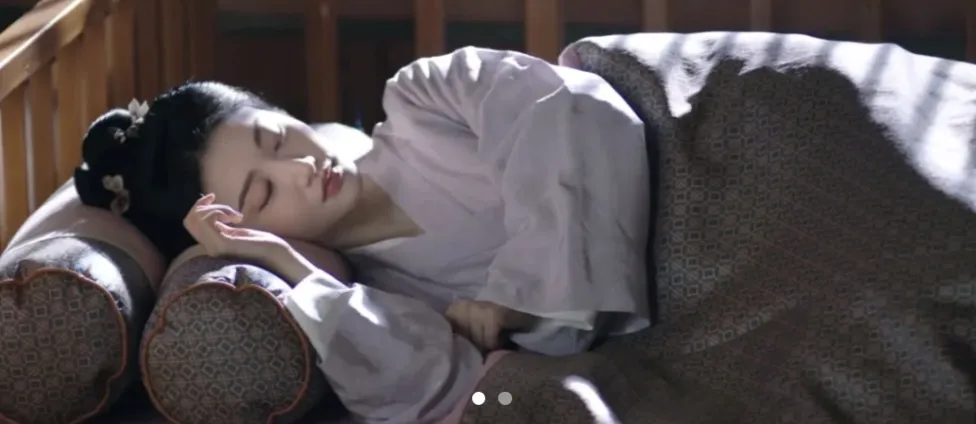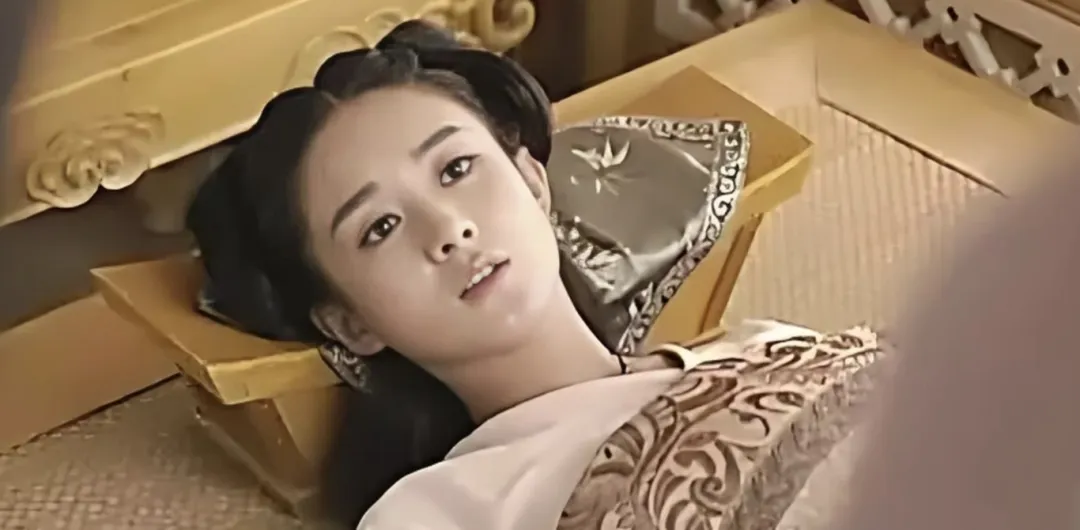Isn't It Uncomfortable? In period dramas, we often see these hard pillows. Even in museums, most pillow artifacts are made of wood or ceramic, making one wonder if they were truly this uncomfortable. The answer is that ancient pillows came in various forms, including silk, cloth, ceramic, wood, and even jade. However, softer pillows like silk or cloth ones didn’t preserve as well, so most surviving artifacts today are hard pillows.
The Chinese character for 'pillow' (枕) has a 'wood' radical, suggesting that early pillows were primarily made of materials like wood or dried grass. The ancient text 'Shuowen Jiezi' defines a pillow as 'a support for the head during rest.' Some also used stones as pillows, especially in hot summers, as the coolness could relieve discomfort. As living standards improved, pillows diversified. For example, a silk pillow was unearthed from the Han Dynasty Mawangdui Tomb—a soft pillow! This rectangular pillow, embroidered with 'longevity patterns,' was stuffed with Eupatorium leaves, known for their aromatic and medicinal properties. The pillow’s ends were adorned with raised brocade, and its sides featured fragrant silk embroidery. This wasn’t just a silk pillow but also a medicinal one, proving that nobles had access to soft pillows, and commoners likely used cloth ones, much like today’s preferences for hard or soft pillows.
Despite the availability of soft pillows, hard ones remained popular. Ancient people didn’t rest their heads directly on hard pillows but used them to support their necks. The curvature of hard pillows aligned with the body’s natural shape, helping correct spinal alignment. They were also cooling in summer, especially jade pillows, which dissipated heat and resisted mites. A Tang Dynasty poem describes the comfort of a cool pillow during long summer days. Many pillows were hollow, allowing storage of herbs, books, or even valuables. Books hidden in pillows were called 'pillow texts,' later becoming a term for secret writings. Hard pillows also prevented oversleeping, making them ideal for diligent officials or scholars. Women favored them too, as they preserved hairstyles between washes—useful for those wearing Hanfu.
The idiom 'high pillow, no worries' (高枕无忧) doesn’t mean using an excessively high pillow but stems from wartime when soldiers slept without pillows to detect enemy movements. Later, it symbolized security and peace of mind. In summary, ancient pillows varied in height and material, tailored to individual needs. So, don’t be fooled by those seemingly uncomfortable pillows! Now you know more about Chinese pillows.



